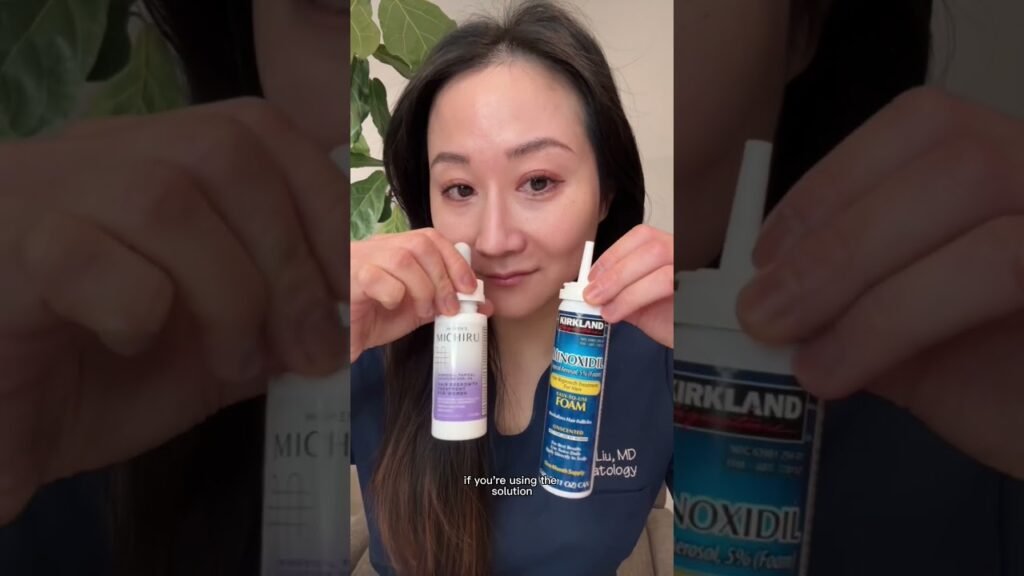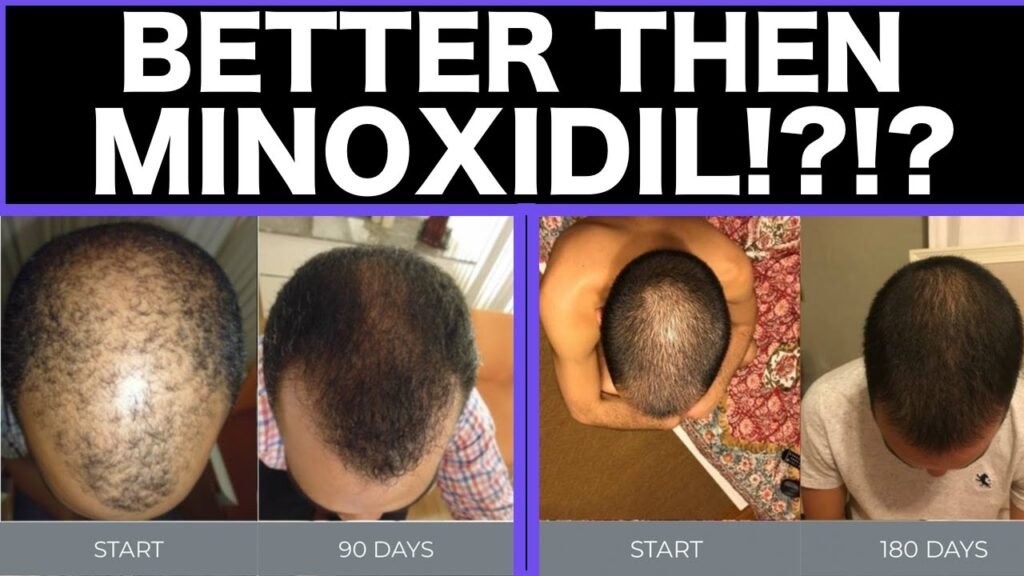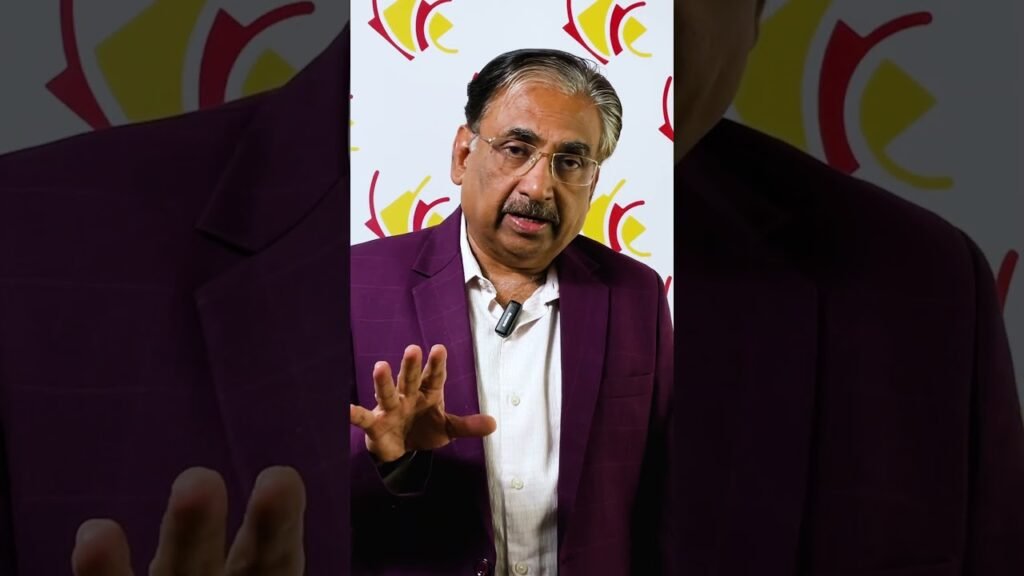Head-to-head comparison: Minoxidil vs hair growth serum
When it comes to combating hair loss, two popular solutions often come up: Minoxidil and various hair growth serums. Both products are formulated to stimulate hair growth, but they differ significantly in their composition, application, and effectiveness. Understanding these differences is crucial for anyone considering these treatments.
Composition and Application
Minoxidil is a well-known, FDA-approved topical treatment that primarily comes in liquid or foam form. Its active ingredient works by dilating blood vessels in the scalp, improving blood flow and nutrient delivery to hair follicles, which can promote hair growth. Minoxidil is typically applied twice daily, and consistent use is essential for maintaining results.
In contrast, hair growth serums encompass a wide range of products, often containing a blend of natural and synthetic ingredients, such as vitamins, peptides, and botanical extracts. These serums aim to nourish the scalp and create a healthy environment for hair growth. Application methods vary, but most serums are applied once daily and are designed to be left on the scalp to absorb fully.
Effectiveness and Side Effects
The effectiveness of Minoxidil has been well-documented in clinical trials, with many users experiencing significant hair regrowth over time. However, it may cause side effects such as scalp irritation, dryness, and unwanted facial hair growth in some individuals.
On the other hand, the effectiveness of hair growth serums can vary widely depending on the specific formulation and individual user. While some serums are backed by scientific studies, others rely on anecdotal evidence. Generally, serums are considered to have fewer side effects compared to Minoxidil, but their results may not be as pronounced or consistent.


